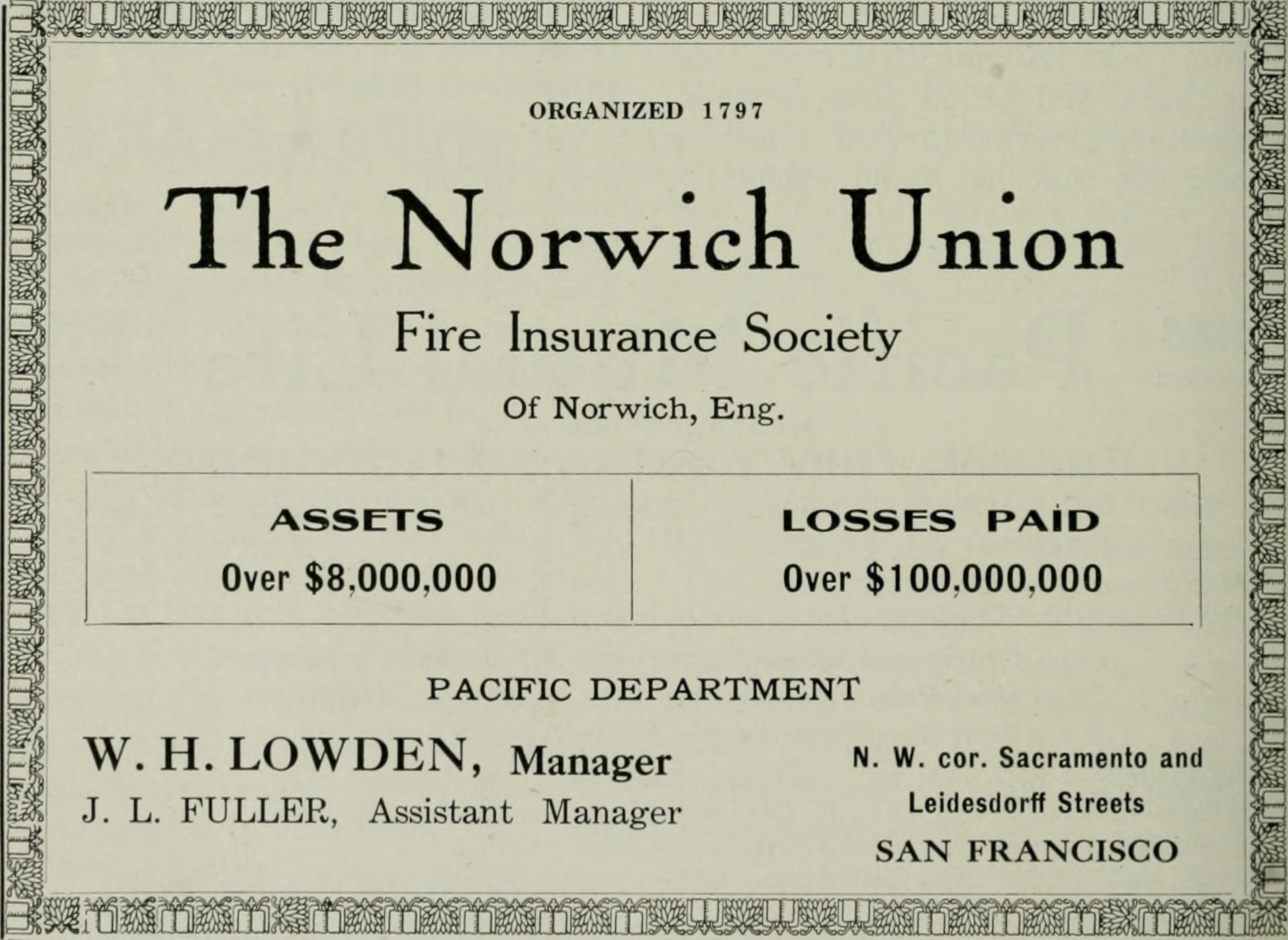Property & Casualty Agent 101
- Introduction to Property and Casualty (P&C) Insurance
- General Liability Insurance
- Workers Compensation Insurance
- Stock Throughput Policies
- Product Recall Coverages
- Inland Marine Insurance
- Cyber Insurance
- Directors and Officers (D&O) Insurance
- Other Insurance Policies
- Other Insurance Policies
- Other Insurance Policies
- Other Insurance Policies
- Wrap Up and Preparation for Licensing Exam
Workers Compensation Insurance
Understanding Workers Compensation Insurance Fundamentals

Equitable transfer of the risk of a loss, from one entity to another in exchange for payment.
Workers compensation insurance is a type of policy that provides wage replacement and medical benefits to employees injured in the course of employment. This insurance is a crucial part of the business world and plays a significant role in maintaining a safe and secure work environment.
Definition and Purpose of Workers Compensation Insurance
Workers compensation insurance is designed to protect employees who suffer work-related injuries or illnesses. It provides coverage for medical expenses, rehabilitation costs, and a portion of lost wages. It also provides death benefits to the dependents of workers who die as a result of work-related incidents.
The primary purpose of workers compensation insurance is to ensure that employees receive proper care and compensation for work-related injuries, regardless of who is at fault for the incident. It also protects employers from potential lawsuits by injured employees.
Role of Workers Compensation in the Insurance Industry
In the insurance industry, workers compensation is a significant sector. It provides a necessary service to businesses and their employees, helping to manage risk and promote safety in the workplace. Insurance companies offer workers compensation policies to businesses, and in return, businesses pay premiums to the insurance companies. These premiums are calculated based on a variety of factors, including the type of work performed by the employees, the company's history of workplace injuries, and the company's safety practices.
Legal Framework Surrounding Workers Compensation
Workers compensation laws vary by state, but all states have some form of workers compensation system in place. These laws establish the framework for workers compensation insurance, including the types of injuries and illnesses that are covered, the benefits that are provided, and the process for filing and settling claims.
In most states, businesses are required by law to carry workers compensation insurance if they have a certain number of employees. Failure to carry workers compensation insurance can result in fines, penalties, and even criminal charges.
Relationship Between Employers, Employees, and Insurance Providers
In the context of workers compensation, the employer, employee, and insurance provider each have specific roles and responsibilities. The employer's responsibility is to provide a safe work environment, purchase workers compensation insurance, and comply with all relevant laws and regulations.
When an employee is injured on the job, they must report the injury to their employer as soon as possible. The employer then reports the injury to the insurance provider, who evaluates the claim and determines the appropriate benefits.
The insurance provider's role is to manage the workers compensation policy, process claims, and pay out benefits. They also work with the employer to promote workplace safety and prevent injuries.
In conclusion, understanding the fundamentals of workers compensation insurance is crucial for anyone involved in the insurance industry. It not only helps protect employees and employers, but it also plays a significant role in promoting safety and health in the workplace.